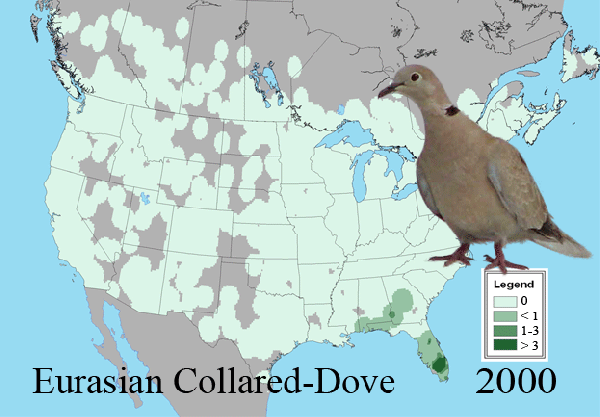How To Be Organized: 5 Uses For Vinegar
http://www.stylelist.com/chris-barnes/how-to-be-organized-5-use_b_1224318.html
Vinegar is more than something you use while cooking and
baking. From cleaning to laundry, the sour stuff has a host of other
uses. Here are my favorite five ways you can use vinegar inside (and
outside) your home.
Household Disinfectant. During the days of the Black Plague,
it was believed that vinegar would ward off disease. Technically they
were right. Vinegar is effective bacteria killer, and you can use it for
household cleaning purposes, ranging from scrubbing the tub to even
cleaning mirrors or stainless steel. You can use the vinegar
straight-up.
Windshield De-Icer. If the forecast calls for frost, ensure a
morning free of scraping with a coat of this preventative solution: 3
parts vinegar to 1 part water. Simply spritz over your windshield for a
few weeks' worth of protection.
Drain Unclogger. Remember the science experiments you would do
as a kid with the volcano made of vinegar and baking soda? Try putting a
little bit of baking soda into a clogged drain and then pour vinegar
into it. Your volcano, I mean drain, will erupt and the reaction helps
break down down. The best part about this method is that is much safer
than industrial chemical drain cleaners, which are toxic to your pets
and children.
Laundry. Do you have some stinky laundry? We all do, and you
can use vinegar to help deodorize your garments or laundry. Just pour a
cup of vinegar into the washer and it helps take care of your odor
problems. Not only that, but the vinegar also helps keep your fabric
soft and fluffy. Just add the vinegar when you start the laundry cycle
with your regular detergent. (And no, it won't make your clothes smell
like a salad.)
Clear The Air. When painting the walls, even low-VOC formulas
can give off a bit of an odor. But a dish of vinegar placed in the room
will reduce the smell, making this task (a little) easier.
What are your favorite tips for vinegar?
Share them in the comments!


.gif)














